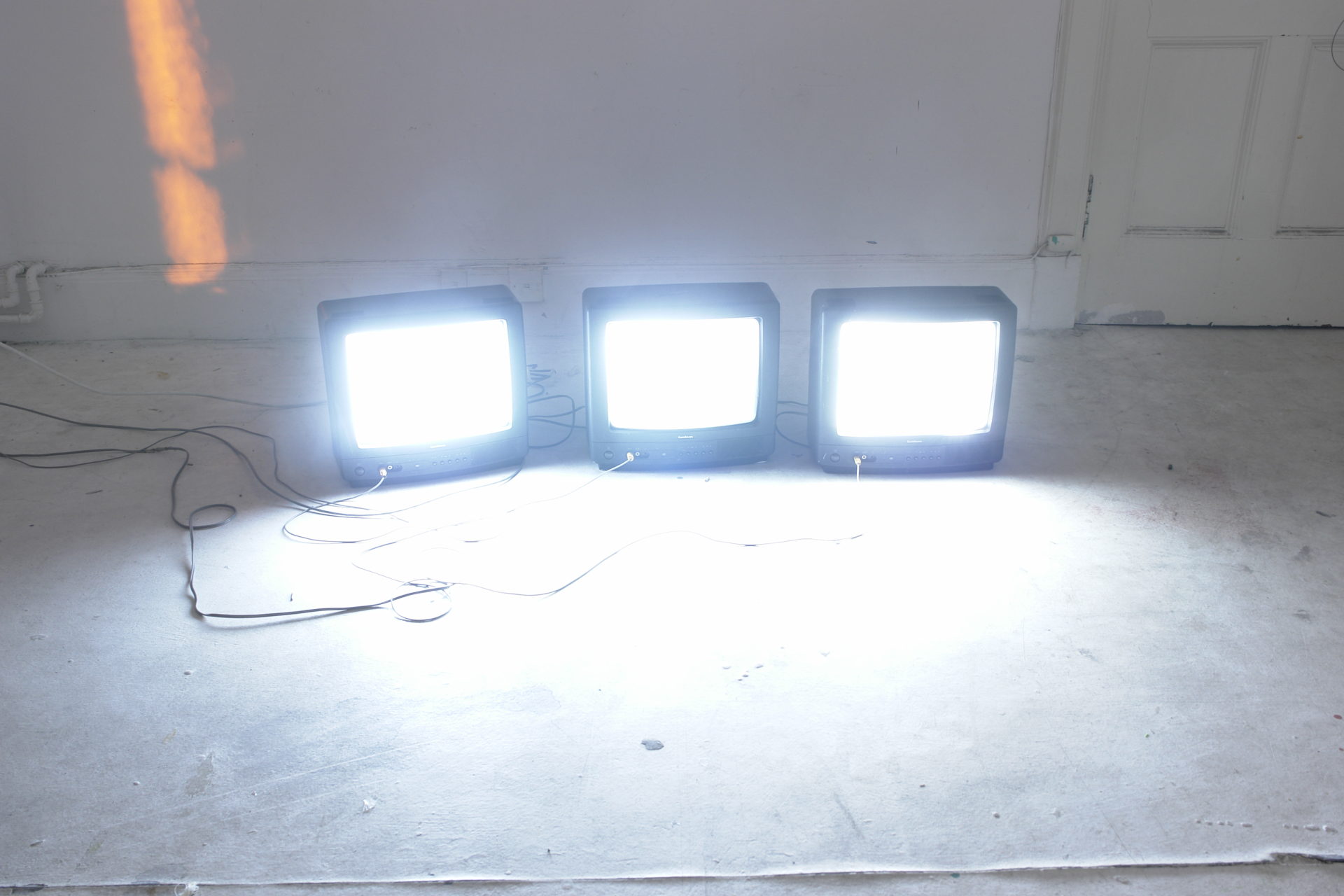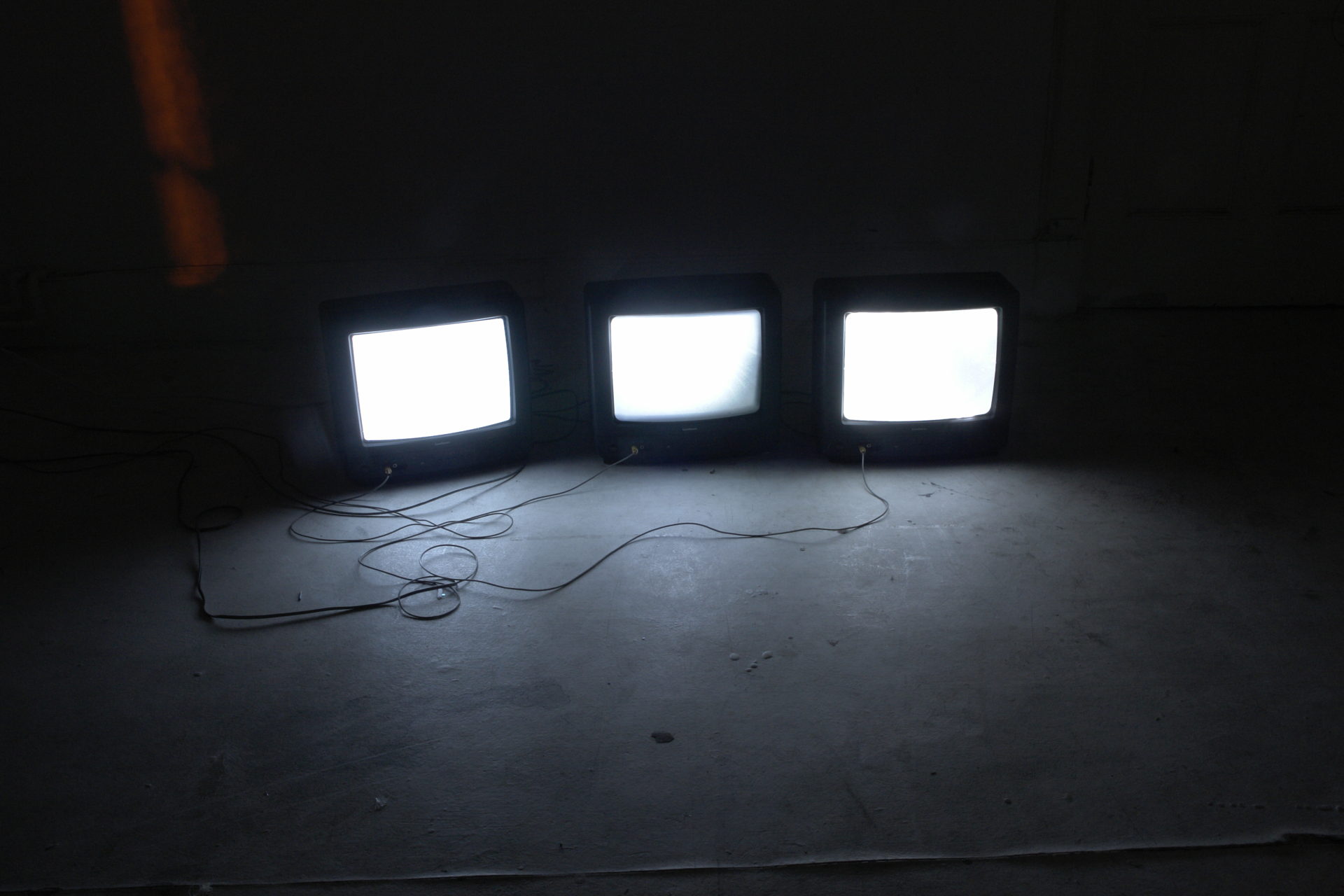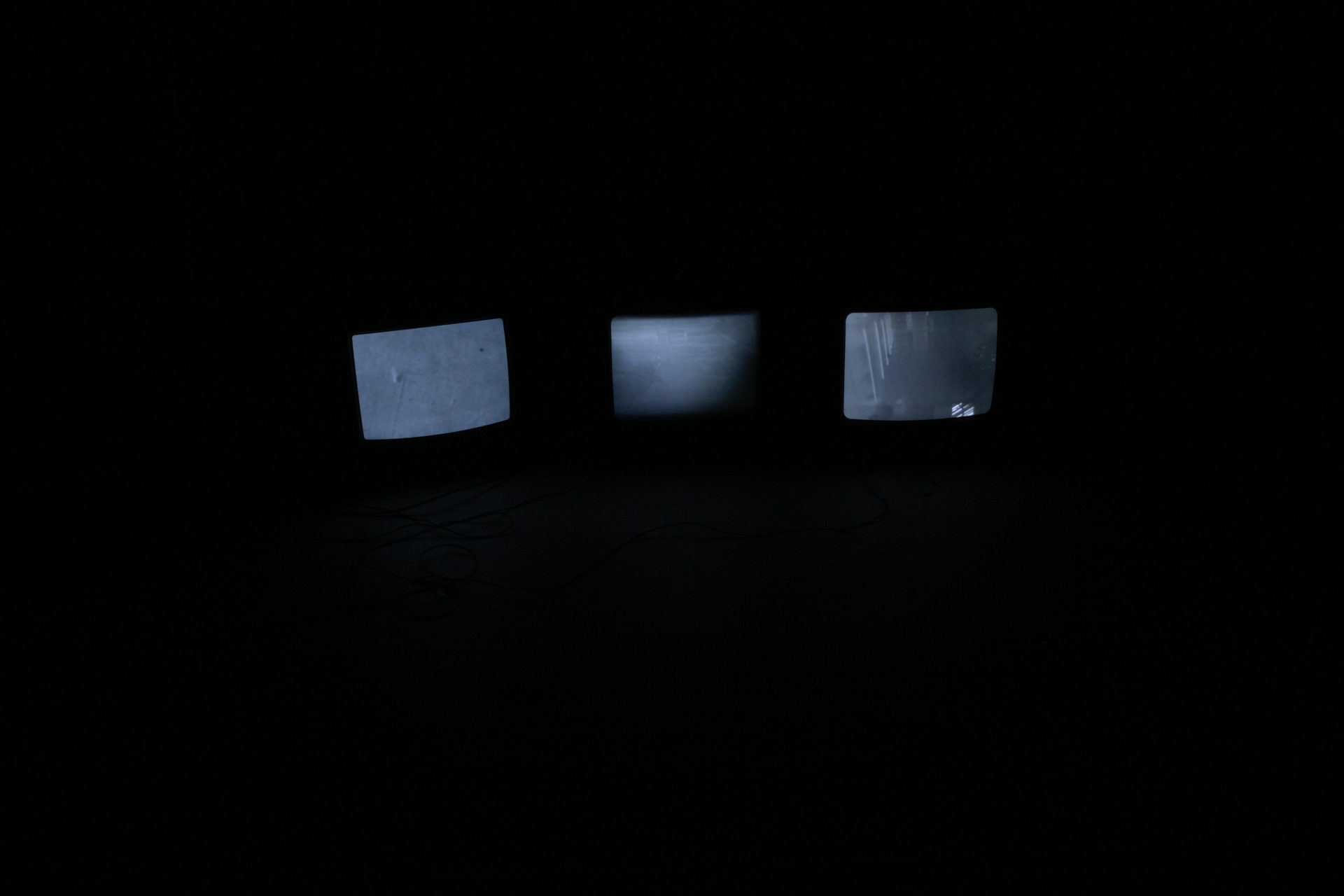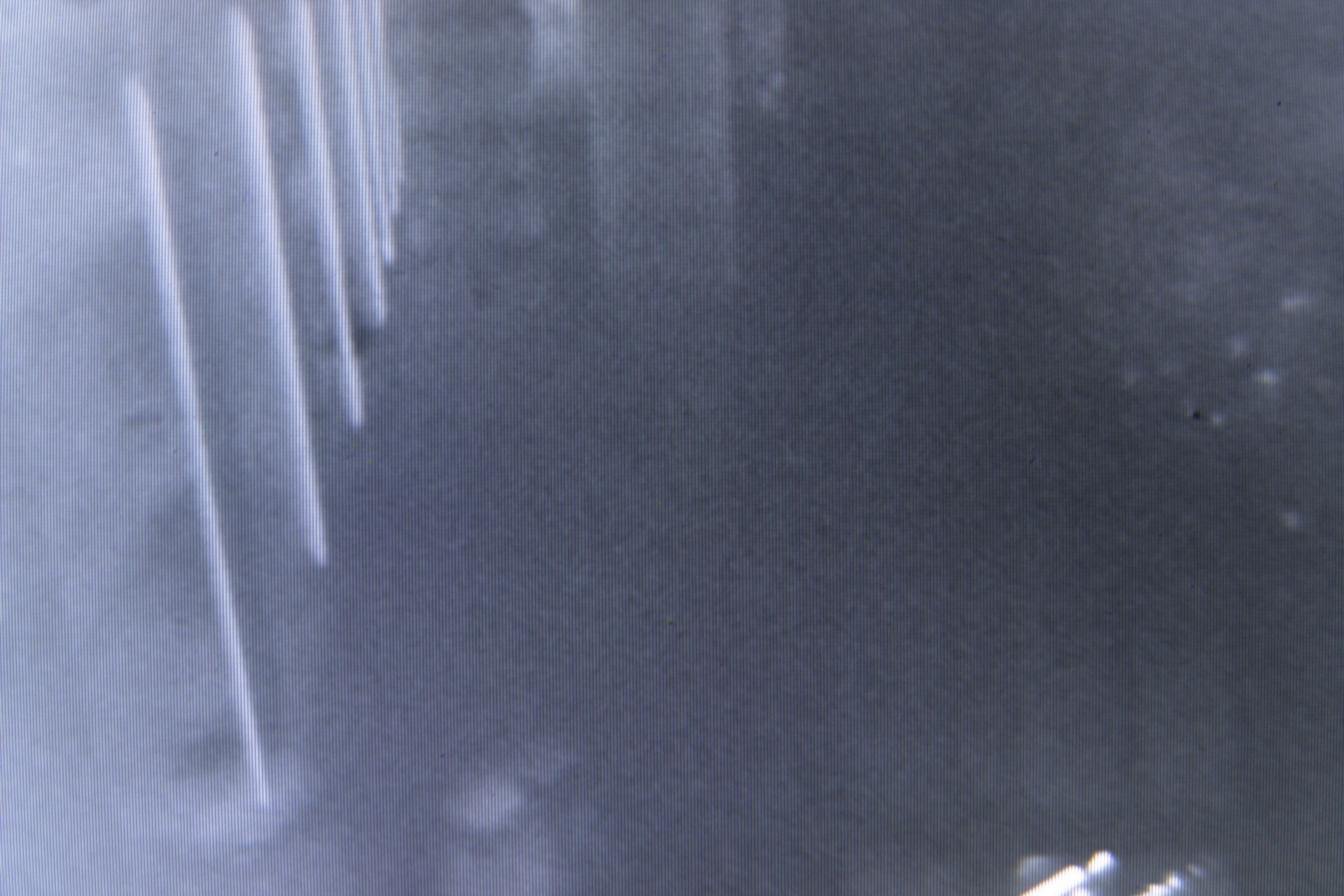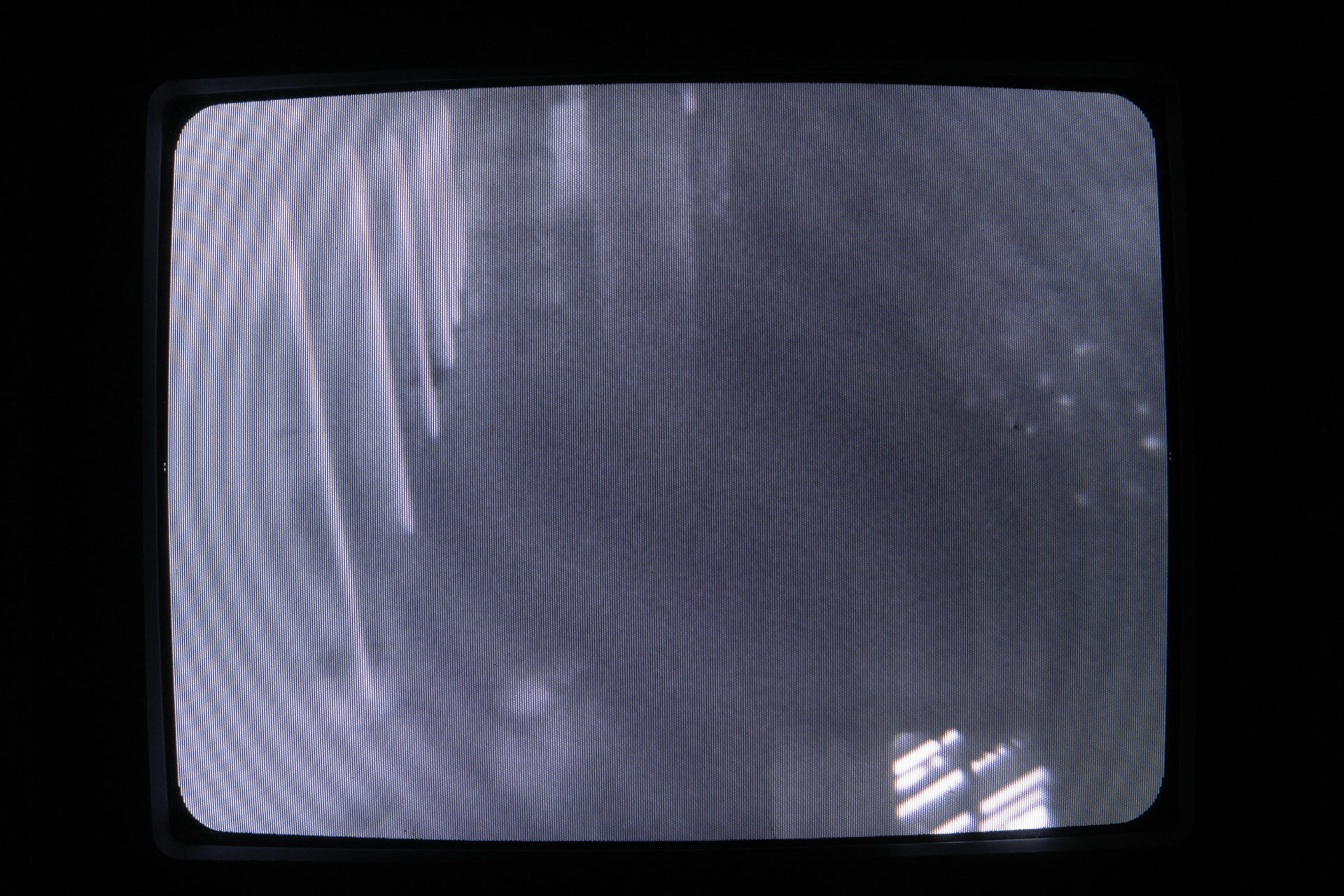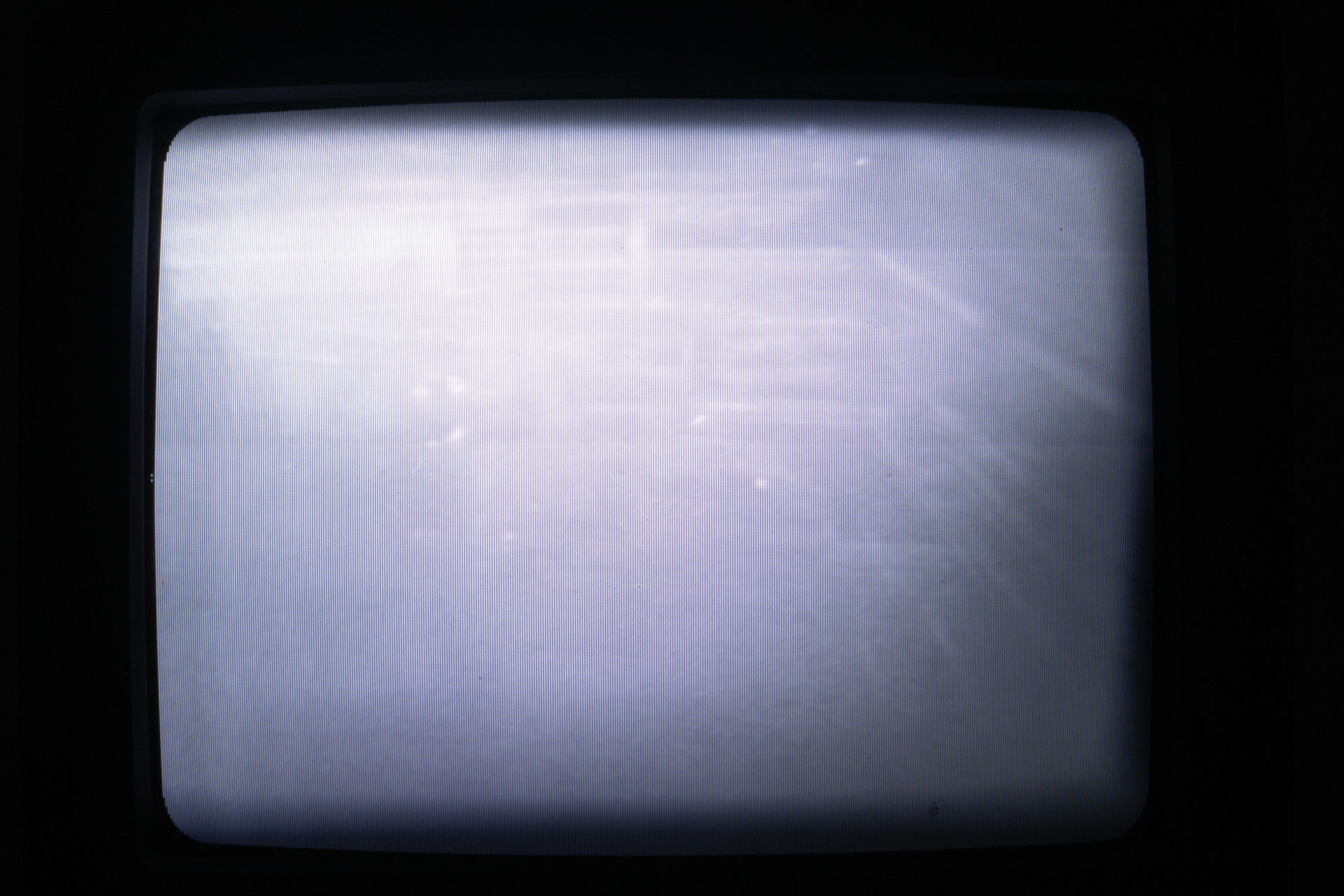Early 19th century scientist Wilhelm Friedrich Kühne pioneered research into Optogrametry, the notion that eye’s retina retained a picture of the last image to be seen prior to death. Kühne’s experiments went as far as attempting to retrieve images from the eyes of a man condemned to death by guillotine. While this macabre notion has since proven unfruitful it does hold a notion of truth, though any images retained are largely illegible and highly fugitive. Even so, this possibility was a commonly held view at a time when science, photography and the occult were not mutually exclusive enterprises.
Parallel notions can be found in the earliest surviving photographic experiments from the same era including “View from the Window at Le Gras” by Joseph Nicéphore Niépce in 1826, and Louis Daguerre‘s “Boulevard du Temple” 1838. The latter image is believed to be the first known photograph to include a person. Both images demonstrate the incredibly long exposure durations of early photography, which in the case Niépce’s image, is believed to have taken an entire day.
While today’s camera’s and monitors are largely immune to image burn, some older CCTV camera equipment was highly susceptible, fixed in a locked position, sometimes for years, they retain a ghost of the view they once held as sentries.
